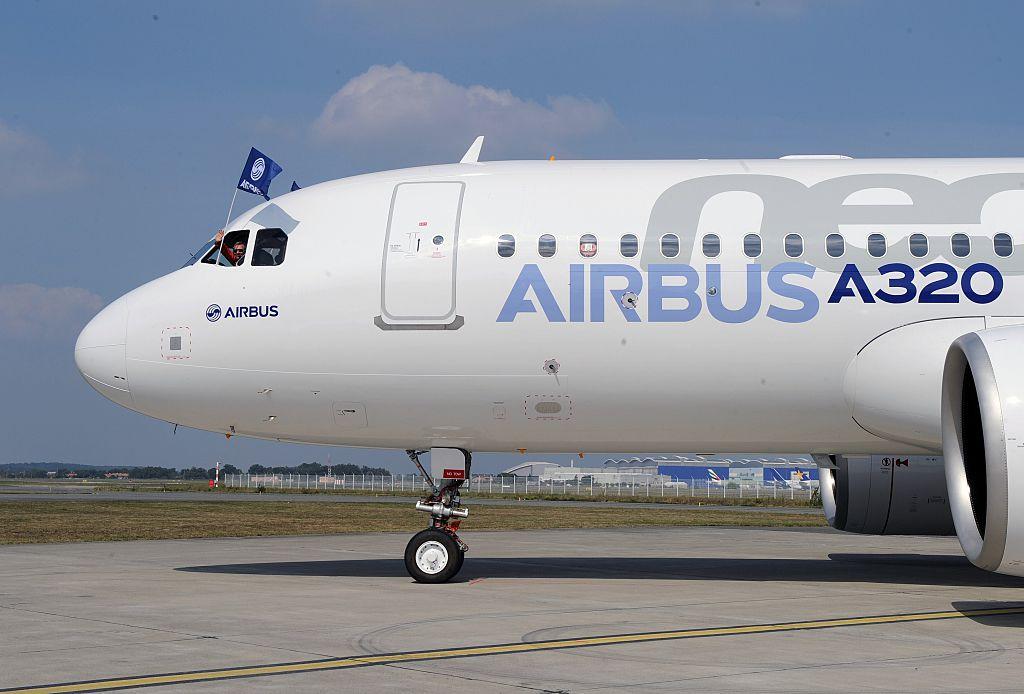
Credit: Eric Cabanis / AFP / Getty Images
The art of succeeding in the global aircraft duopoly is anticipating and taking advantage of the competitor’s weaknesses. Airbus delivered a masterpiece of that game theory with the launch of the A320neo family. Boeing was talking about launching an all-new single-aisle aircraft and was supported in...
Subscription Required
This content requires a subscription to one of the Aviation Week Intelligence Network (AWIN) bundles.
Schedule a demo today to find out how you can access this content and similar content related to your area of the global aviation industry.
Already an AWIN subscriber? Login
Did you know? Aviation Week has won top honors multiple times in the Jesse H. Neal National Business Journalism Awards, the business-to-business media equivalent of the Pulitzer Prizes.

